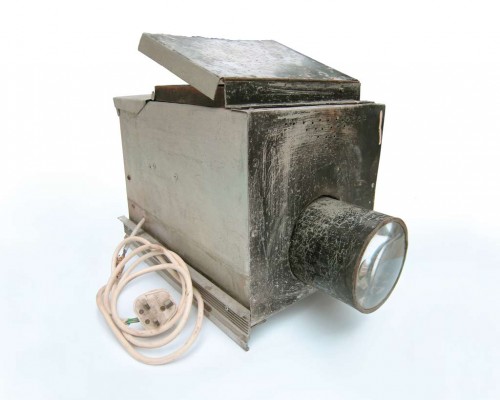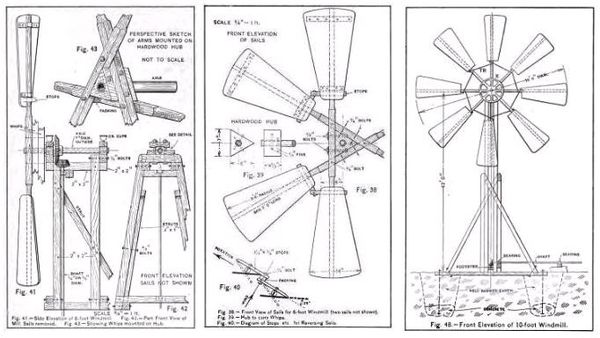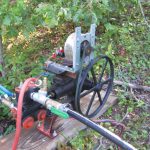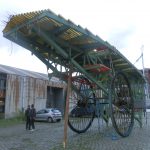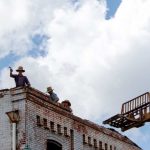CycleKarts are small, lightweight, nimble machines made by their drivers for the pursuit of motoring sport. They’re not serious speed-machines or status-generating show cars. They’re purely for the gritty fun and satisfaction of tearing around in a machine you’ve built yourself. Their name originated from the use of bicycle or motorcycle tyres. More.
Related: How to make an adult soapbox kart.

